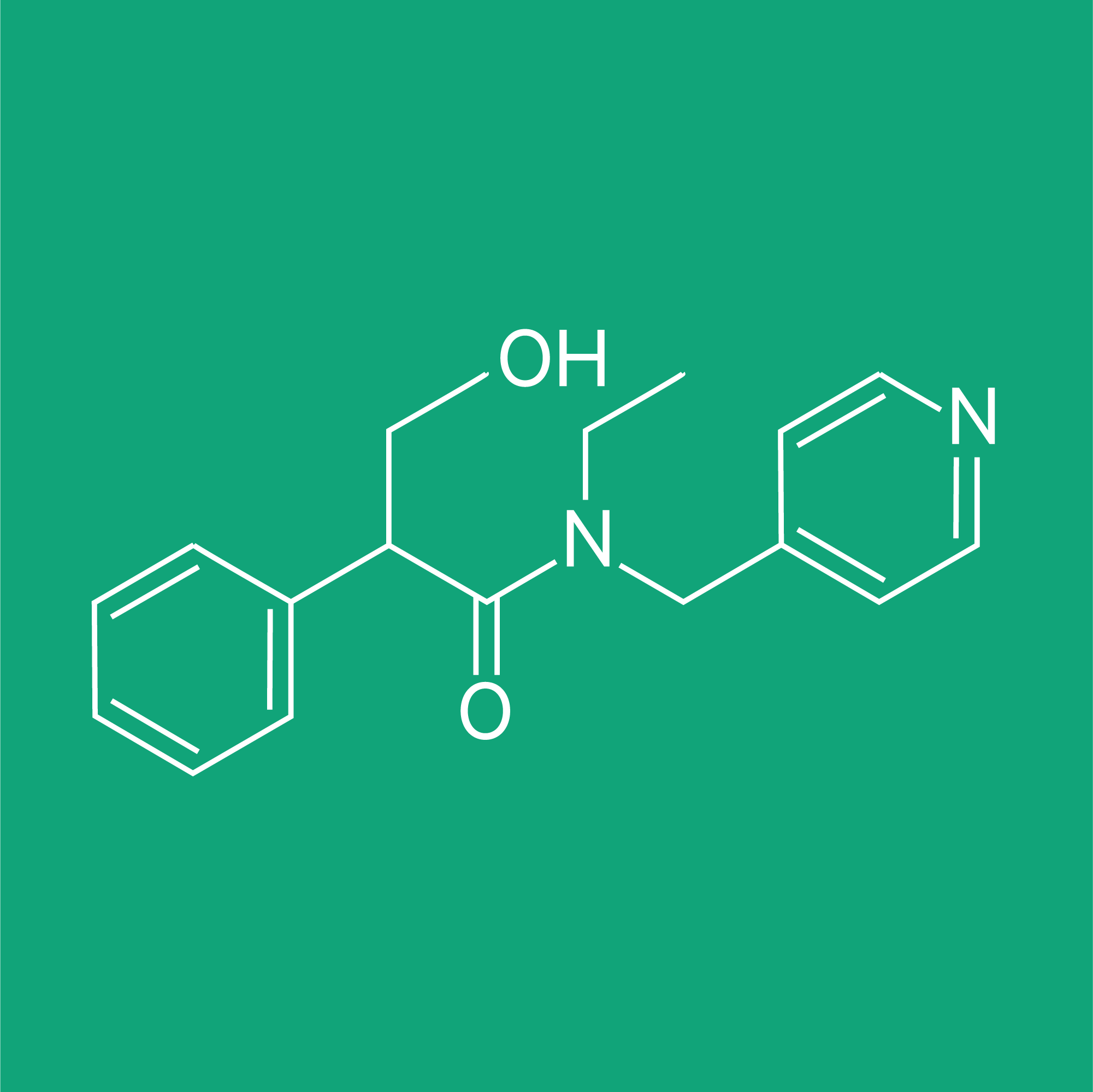APIs

TROPICAMIDE
Tropicamide is a fully synthetic non‐selective muscarinic antagonist that was first developed in the ‘50s by Hoffmann La Roche1 with pharmacological activity
similar to atropine. Tropicamide, like cyclopentolate, is used in ophthalmoscopy for reaching pre-operational mydriases and for testing narrow-angle glaucoma. It is on the World Health Organization’s List of Essential Medicines.2
USES
As a 0.5% and 1% topical ophthalmic solution applied to the cornea of the eye, Tropicamide is useful in inducing mydriasis (dilation of the pupil) and cycloplegia (paralysis of the ciliary muscle of the eye) in diagnostic procedures. The use of Tropicamide has also been reported as a diagnostic tool in Alzheimer’s disease.3
MECHANISM OF ACTION
By binding to muscarinic receptors, Tropicamide relaxes the pupillary sphincter muscle and causes pupil dilation.4 By blocking the muscarinic receptors of the ciliary body, Tropicamide also prevents accommodation5 and inhibits the parasympathetic drive, allowing the sympathetic nervous system responses to dominate.4
REFERENCES
- Patent DE960634, 1953.
- World Health Organization model list of essential medicines: 22nd list (2021). Geneva: World Health Organization. hdl:10665/345533.
- Scinto et al. Science, 1994, 266, 1051–1054.
- D. Hong, K. Tripathy, Tropicamide, Treasure Island (FL): StatPearls Publishing; 2022 January.
- K. J. Broadley, D. R. Kelly, Molecules, 2001, 28, 142-193.